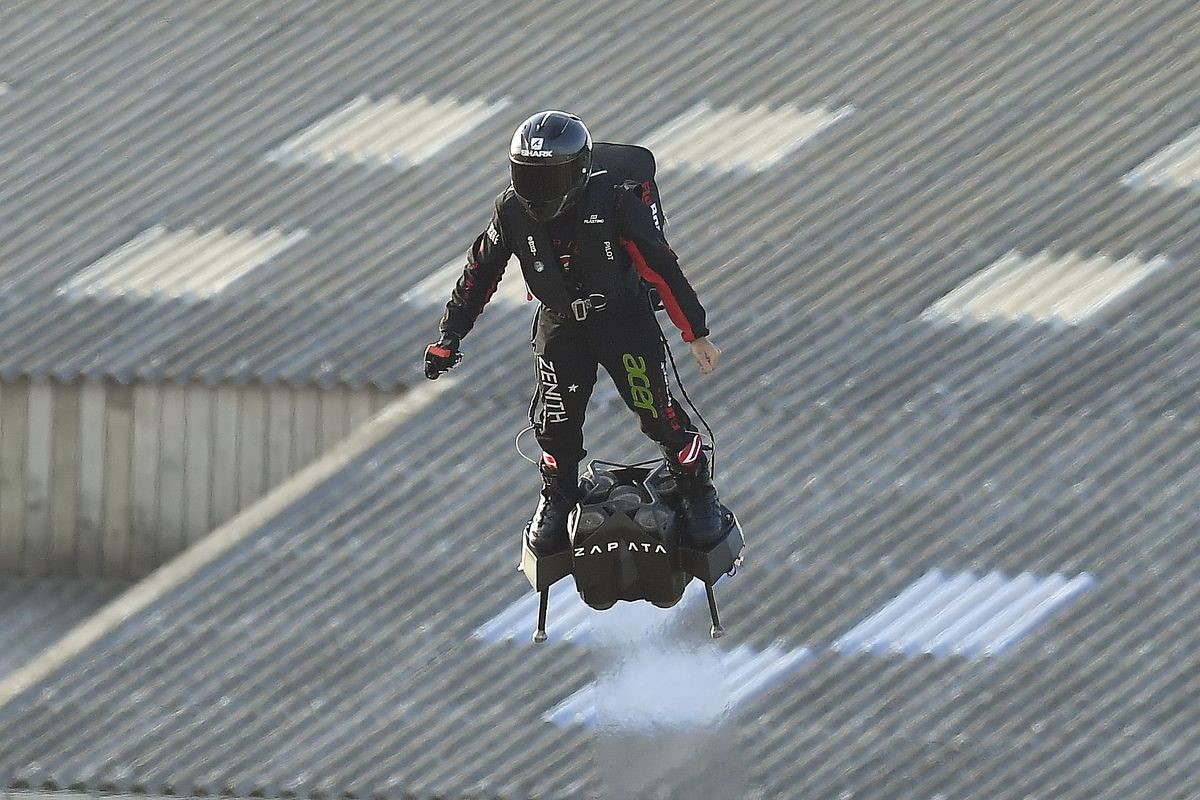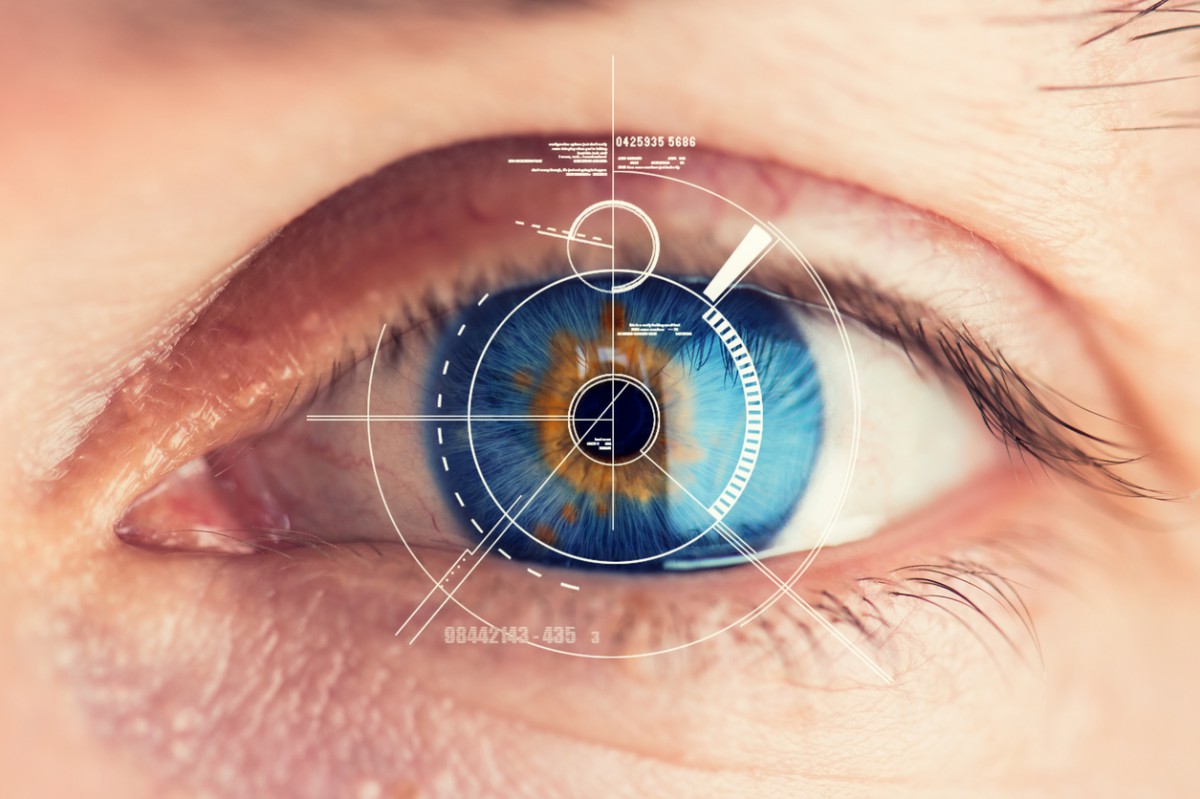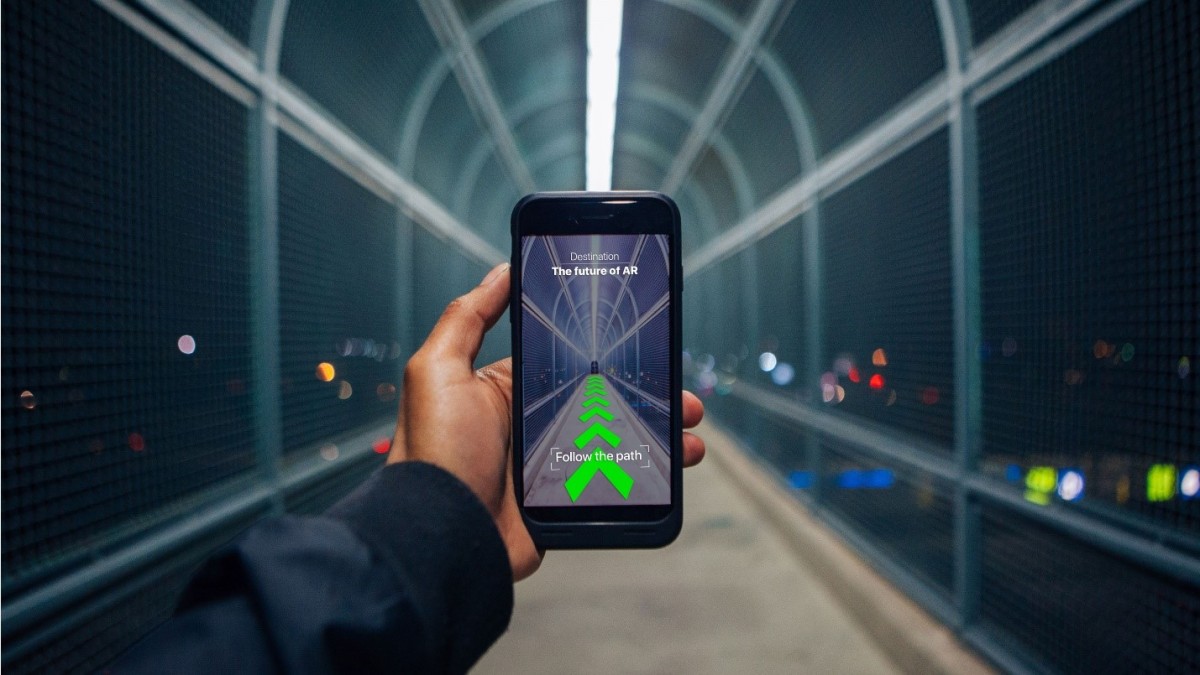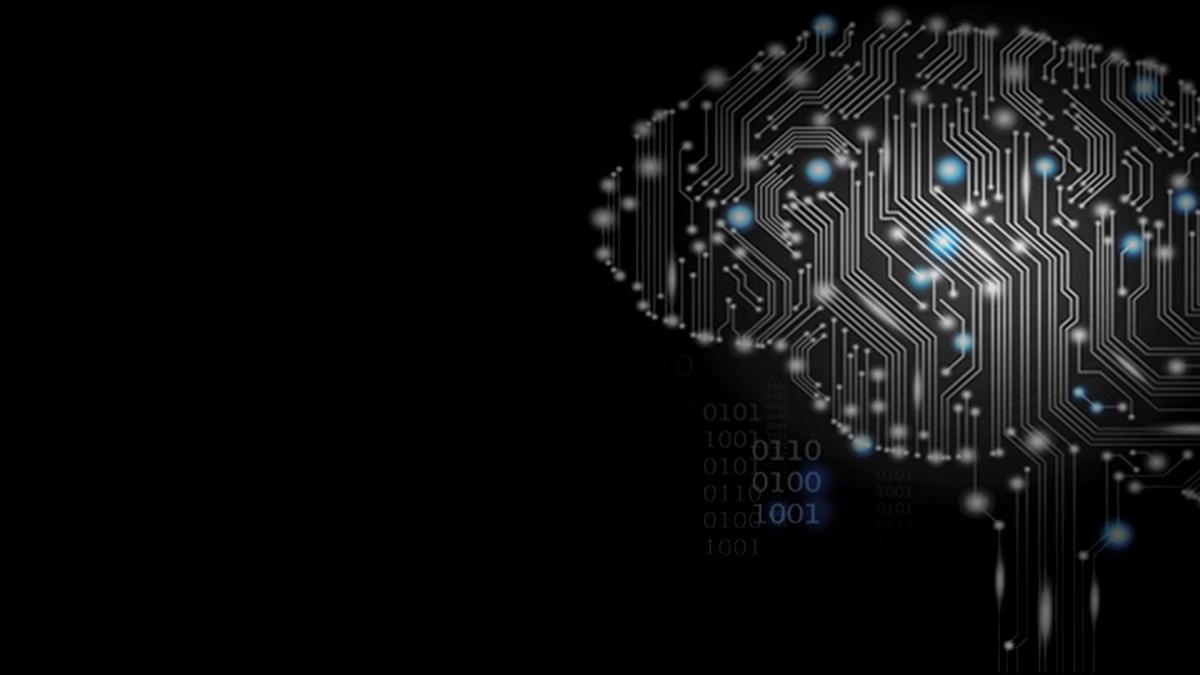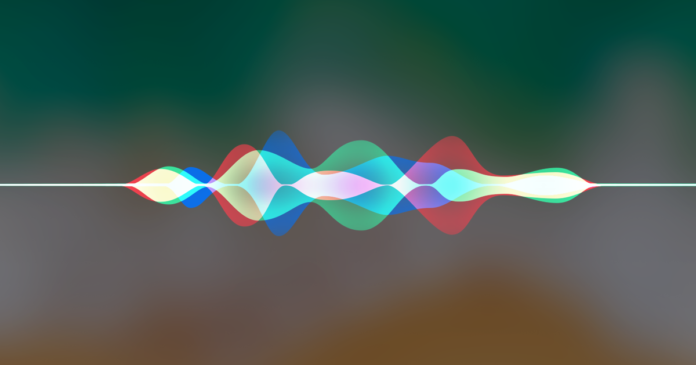Unlike the regular “hover” board that you can spot on the street, a French inventor just used a jet-powered hoverboard to fly from France to England through the English channel this early August, telling the journalists that he had achieved his dream.
Franky Zapata managed the feat on his second attempt, after being knocked off balance during his first try in July. The inventor set off on his “Flyboard” from Sangatte in the Pas de Calais region on the northern coast of France for the 35 km journey to St Margaret’s Bay, beyond the white cliffs of Dover.
Escorted by three helicopters, he completed the crossing in 22 minutes, reaching speeds of up to 177 km/h and flying 15-20 meters above the water. He arrived into the bay to the applause of dozens of onlookers and journalists.
Zapata’s hoverboard was fueled by a backpack containing enough paraffin to keep him airborne for about 10 minutes, which he had to stop to refuel halfway through the expedition.

Before this current record-breaking hoverboard, Zapata first invented the “Flyboard” in 2011, a device that uses a water jet to propel the rider through the air behind a boat.
He later invented the “Flyboard Air”, a board powered by four turbojet engines that allow a rider to fly through the air untethered, using a computer to keep it stabilized. In 2016, Zapata set a world record for the farthest hoverboard flight after he flew the “Flyboard” Air along the south coast of France for 2,224 meters
Although this is certainly a publicity stunt for Zapata’s company, Z-Air, it could also rise opportunities for the technology in other areas. The French government has stamped it as a “Made in France” invention and even lightly implied at its military potential. They are already backing the technology as a potential logistical option or even as an attack platform.
A successful long-distance trip like this could boost up confidence in the technology, even if it does highlight the prominent hoverboard’s limitations and faults. French Armed Forces Minister Florence Parly told France Inter radio that the “Flyboard” can open up chances to test for different kinds of uses, for example as a flying logistical platform or, indeed, as an assault platform.

With this rate of improvement happening in the world, futuristic hoverboard like the one in Back to the Future might not be a fantasy after all.
Follow the exciting journey of every COMPFEST events through our social media on Instagram @COMPFEST, Twitter @COMPFEST, and our main site http://www.compfest.id (Editorial Marketing/Irham)
Source:
https://www.engadget.com/2019/08/04/hoverboard-flight-over-channel-successful/
